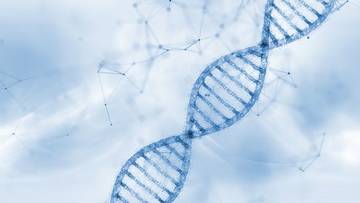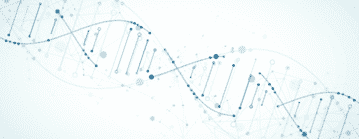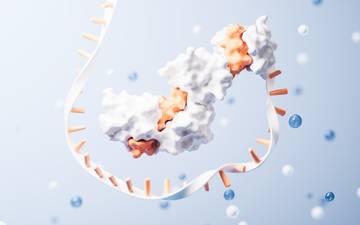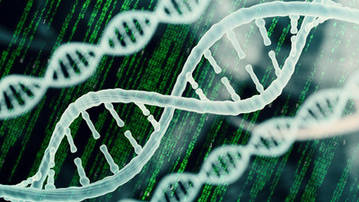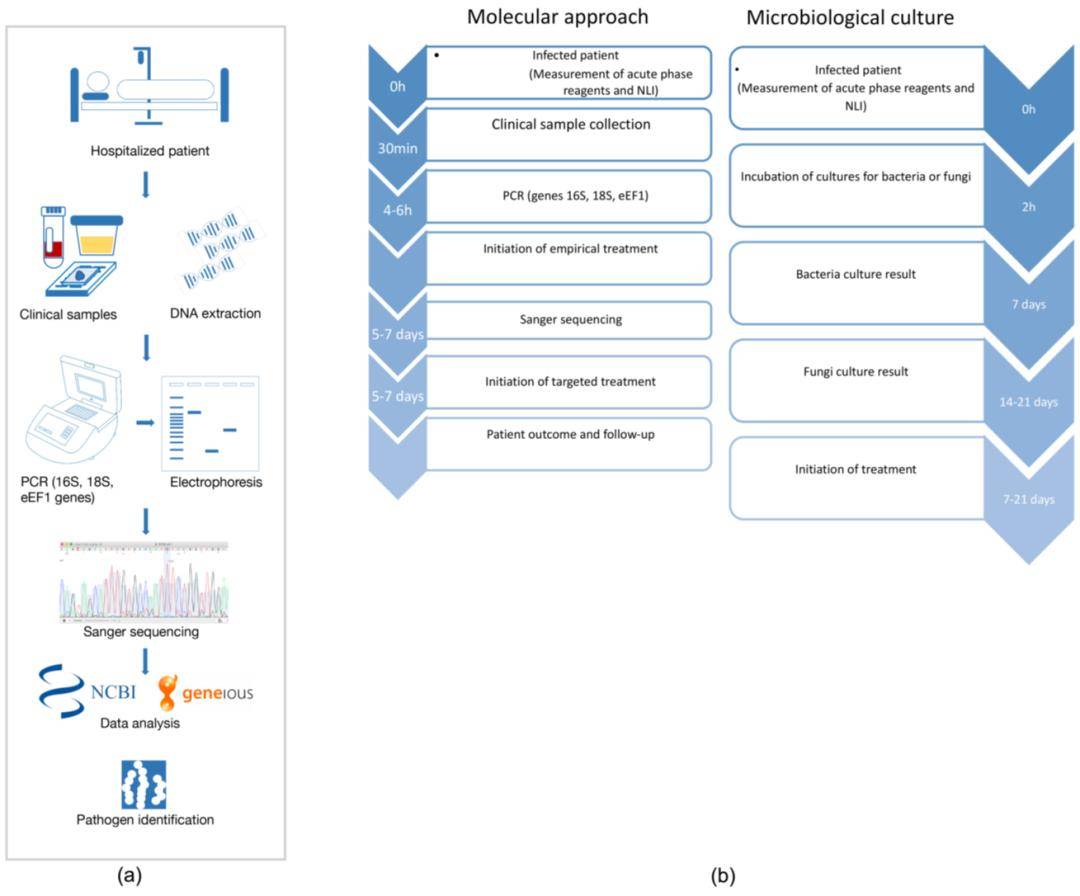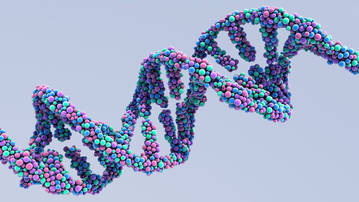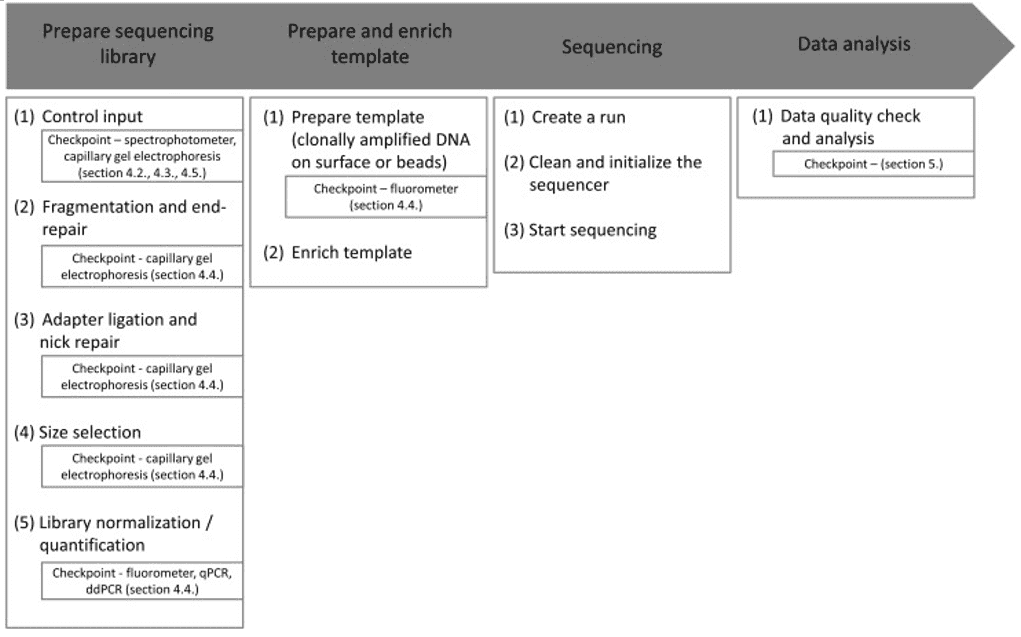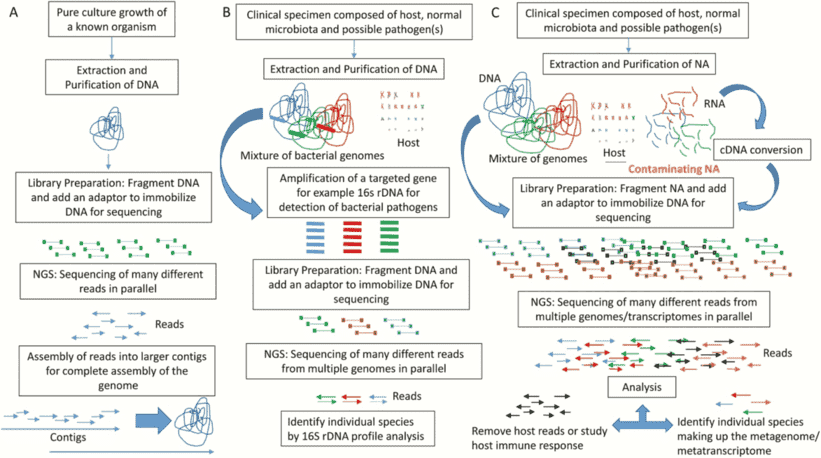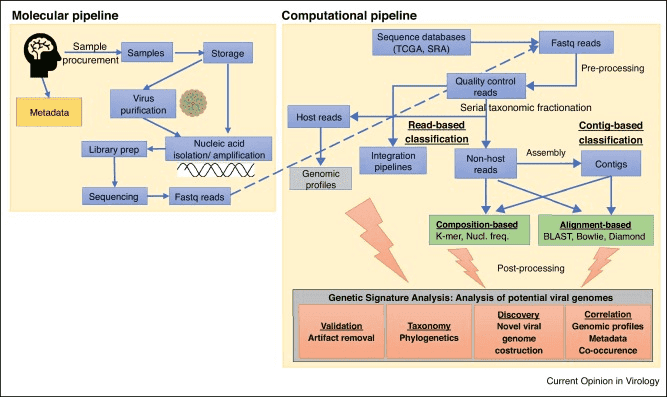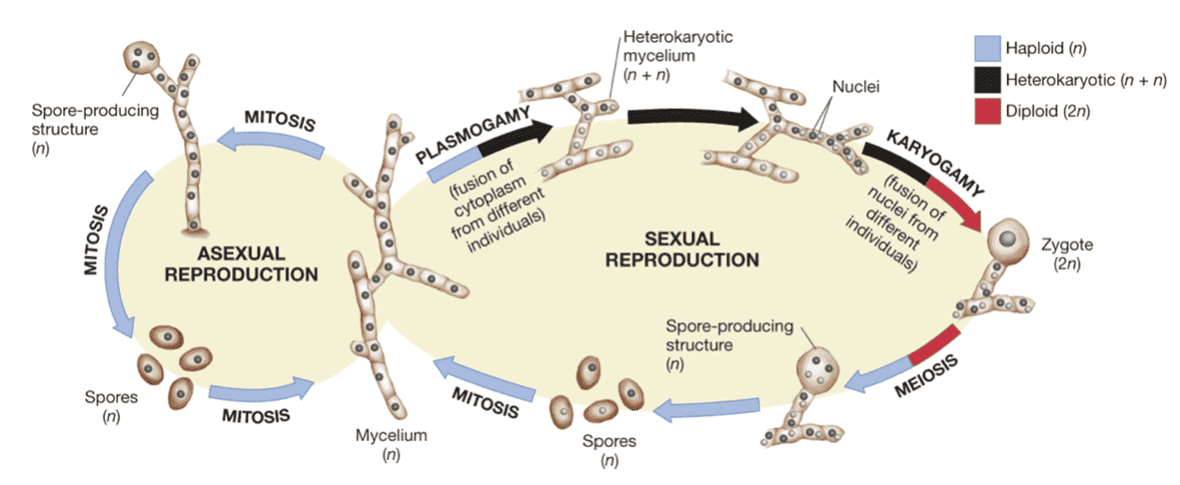Mycology is a discipline focused on the research of fungi, which covers genetic and biochemical properties, taxonomy, and potential uses and hazards. Some fungi can be used as food resources, and some have promoted the development of the pharmaceutical industry (as a source for antibiotic drugs and statins). Meanwhile, there are also numerous fungi lead to infectious diseases, posing a threat to human, animals, and crops.
Despite that traditional morphology can be a straightforward and effective method with regard to initial inspections, it requires extensive mycological experience and might not always be accurate. The introduction of molecular methods, especially the next-generation sequencing (NGS) has made a major impact on mycology. These methods revolutionized mycological taxonomy and are still providing new information for determining major systematic divisions. More excitingly, these sequencing techniques help to detect mycobiota and uncover the molecular mechanisms of fungal phenotypes, which further facilitates the development and utilization of fungal resources as well as addresses fungi-caused problems.
NGS enhances the output of molecular data than previous technologies. The constantly improving capacity of the sequencing platform and the gradually decreasing cost make NGS a common technique for mycological labs. We summarize the NGS methodologies and their applications in mycology to give you a broader view of NGS in mycological studies.



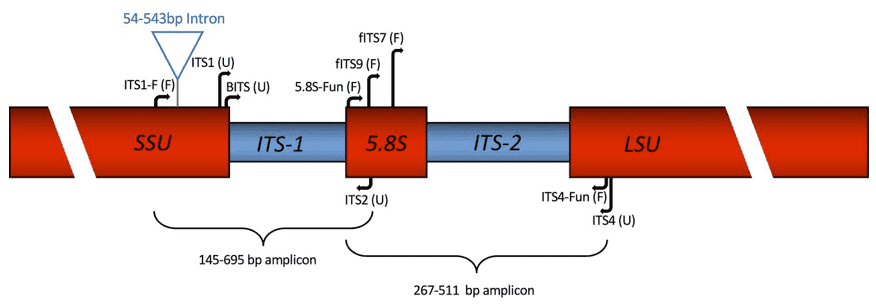 Figure 1. Fungal nuclear ribosomal ITS primer map. (Taylor 2016)
Figure 1. Fungal nuclear ribosomal ITS primer map. (Taylor 2016)
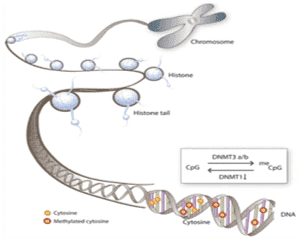
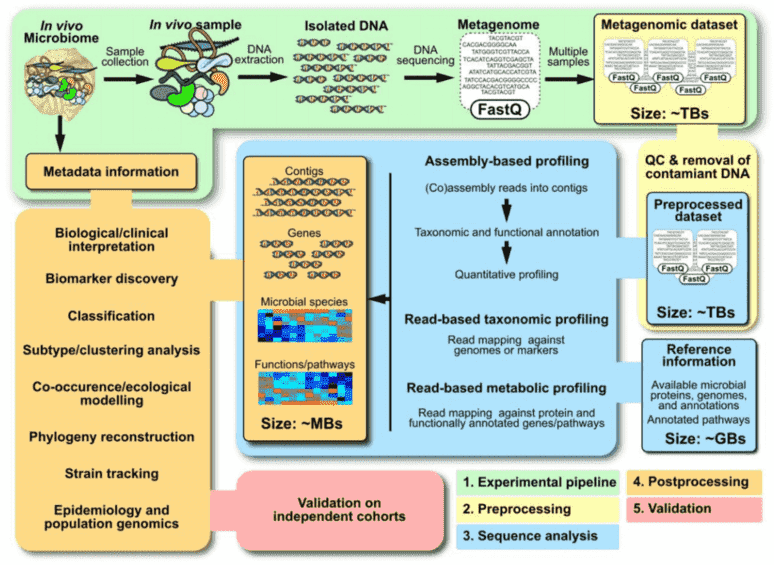 Figure 2. Summary of a metagenomics workflow. (Quince 2017)
Figure 2. Summary of a metagenomics workflow. (Quince 2017)

